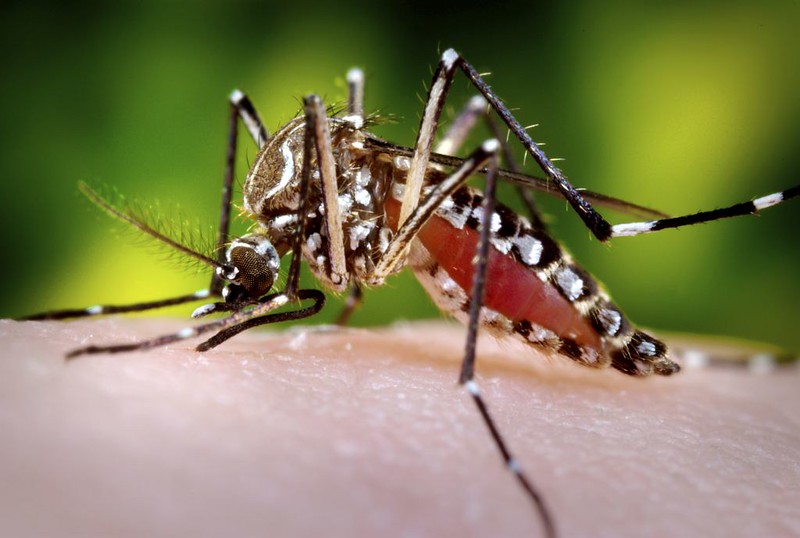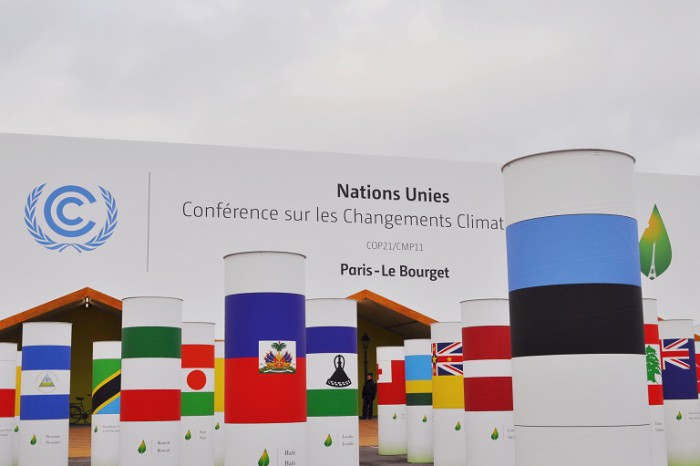To date, disease-carrying mosquitoes have claimed approximately 52 billion lives, making them arguably “humanity’s greatest natural predator.” Unfortunately, with the planet growing hotter and in some places wetter, climate change is creating the environmental conditions ripe for a potential boom in mosquito-borne illnesses. This alarming trend puts the Canadian Armed Forces (CAF), which already operate in high-risk environments, in even greater danger of contracting malaria and other mosquito-borne pathogens. More than a looming health crisis, surging mosquito-inflicted casualties could compromise the CAF’s missions.
Climactic conditions, particularly temperature, dictate the ecological niches that mosquitoes—and by extension mosquito-borne pathogens—occupy and whether they thrive in them. The “cold-blooded”—ectothermic in entomological lingo—mosquito favours balmier and muggier environments. A temperature range of 23 degrees Celsius to 26 degrees Celsius, along with regular intervals of downpours and dry spells, reportedly present advantageous circumstances for mosquitoes and mosquito-borne pathogens to multiply.
Climate change, which will transform temperature and precipitation trends, promises to reconfigure the “geography of disease.” Mosquito-borne illnesses might menace populations, such as those in temperate zones, relatively shielded at present. The situation might prove more complicated in the largely tropical and subtropical places already dealing with endemic infections from mosquitoes and other disease-bearing vectors. Temperature hikes in those regions could extend “transmission seasons.” Alternatively, creeping temperatures might exceed what mosquitoes and mosquito-borne pathogens like malaria can tolerate, thereby perhaps lessening the devastation of this lethal parasite. The possibility exists, too, that climate change will merely modify the types of mosquito-borne pathogens circulating. Gradually, arboviruses like dengue, which prefer higher temperatures, might supplant malaria as the prime danger, at least in sub-Saharan Africa.
Shifting disease geographies will likely expose the CAF to more mosquito-borne illnesses. At present, the risk of contracting these illnesses remains primarily confined to service abroad, particularly to areas grappling with endemic malaria. One such place, the Democratic Republic of the Congo, where the CAF maintains a handful of personnel, had the second highest incidence of malaria in the world in 2020. In contrast, in Canada, where the deadliest mosquito-borne pathogen transmitting within national borders, West Nile virus, killed fewer than three dozen in 2018, the danger remains comparatively low. In the future, however, mosquito-borne illnesses might not only strike CAF members abroad but also increasingly at home. Infections could sometimes even stem from diseases deemed “tropical,” such as malaria, which virtually never transmits within contemporary Canada.
Large numbers of troops sick with mosquito-borne diseases can have repercussions for the CAF’s operations. In East Timor, where the CAF contributed to peacekeeping operations in 1999-2000, “46% of Canadian personnel were incapacitated by fevers and illnesses, with several dozen serologically proven cases of preventable, but deadly, Dengue Fever.” These sobering figures bolster the claim of former Surgeon General and Commander, Canadian Forces Health Services Group, Department of National Defence, Brigadier-General Hugh MacKay, who remarked: “Canadian Armed Forces personnel can deploy to areas of the world where malaria presents a significant threat to individual health and to mission success.”
The CAF therefore strives to minimize the risk of malaria and other mosquito-borne diseases by following guidance from Canada’s Committee to Advise on Tropical Medicine and Travel. This “external advisory body” recommends undertaking behavioural modifications, implementing “personal protective measures (PPM)—“physical or chemical barriers” (or a blend thereof)—and, when in “high-risk areas,” seeking anti-malarial medications (chemoprophylaxis).
However, the exigencies of combat can hinder the implementation of these best practices. “Troops may be widely dispersed in jungle areas where environmental vector control is impossible, use of impregnated mosquito nets impractical and military activity highest during the hours when vectors themselves are most active,” explains one source. Moreover, the speed with which militaries must move to confront evolving security threats “limits pre-deployment preparation of troops and the required periods for chemoprophylaxis.” For best results, mefloquine and chloroquine, two anti-malarial drugs in the CAF’s medicine cabinet, need a three-week, pre-deployment cycle.
The choices of soldiers can also undermine efforts to curb the spread of mosquito-borne pathogens. One study ascertained that “comfort” as well as “convenience” could influence whether CAF members embraced or eschewed PPM. Side effects can also cause troops to balk at taking anti-malarial medications. As previously noted, mefloquine has faced allegations of “neuropsychiatric adverse reactions.” Specifically, some have implicated the once-popular drug in service member suicide and cited it “as a contributor to criminal behaviour.”
The CAF has taken steps to reduce the side effects of anti-malarial medications. In certain lower-risk jurisdictions, such as Kandahar, Afghanistan in the 2000s, authorities discontinued indiscriminate dosing. In addition to more targeted, judicious dosing, the CAF ceased to prescribe widely the notorious mefloquine in 2017.
But protecting soldiers from the intensifying burden of mosquito-borne pathogens will depend not only on mass compliance with pre-existing prophylactic measures but also on expanded innovation, particularly in the area of vaccine and pharmaceutical research and development (R&D). It is difficult to gauge the present scale and scope of mosquito-related research in Canada’s opaque defence sector. However, as evidenced by a string of published Defence Research and Development Canada-backed studies (e.g., 2003, 2007, 2009, 2016, 2017, 2018, 2021) on encephalitic viruses, some important work on mosquito-borne diseases is taking place.
Still, developing novel drugs to prevent mosquito-borne illnesses appears a lesser priority for the Government of Canada broadly and the defence sector specifically. To be clear, the federal government—“the 6th largest public donor to the Global Fund [to Fight AIDS, Tuberculosis, and Malaria]” as of January 2022—plays a prominent role in combating some mosquito-borne illnesses abroad. But the federal government has evidently not invested adequately in its domestic R&D capabilities. In 2017, Medicines for Malaria Venture commented that the “federal R&D involvement in the fight against malaria is limited.” This could partially explain why a list of Canadian Institute for Military and Veteran Health Research-promoted studies features no grants supporting work on mosquito-borne illnesses from 2012 to 2021.
Of course, the problem of mosquito-borne diseases transcends institutions and borders. Certainly, the federal government and defence sector could expend more energy and capital on R&D initiatives targeting these deadly illnesses. But only concerted and global effort will redress the underlying causes of such diseases, including shifting weather patterns.
Photo: A female Aedes aegypti mosquito while she was in the process of acquiring a blood meal from her human host (2006), by James Gathany via Flickr. Licensed under CC BY-NC-ND 2.0.
Disclaimer: Any views or opinions expressed in articles are solely those of the authors and do not necessarily represent the views of the NATO Association of Canada.




